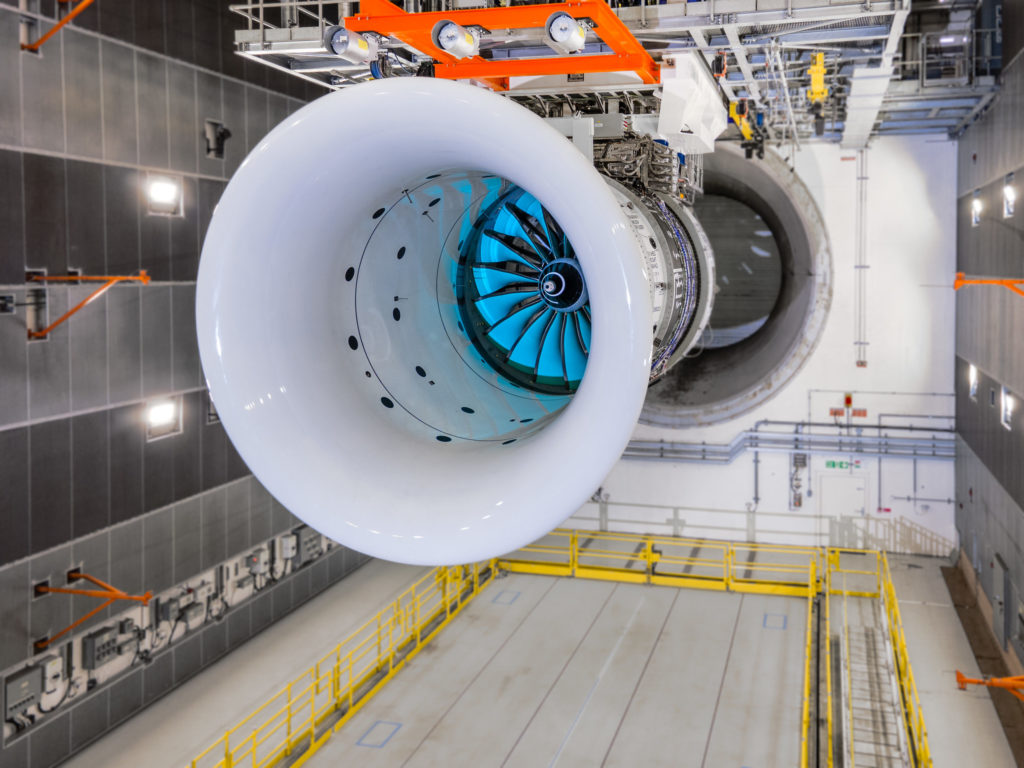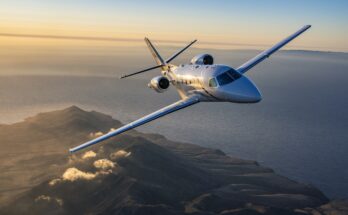
Rolls-Royce’s new leadership is delivering results, as the company posted a strong first half for 2023. The company reported that revenues rose to GBP6.95 billion, up 31 percent compared to GBP5.31 billion in the first half of 2022. Operating profit jumped to GBP673 million, compared to GBP125 million in the same period a year ago.
Driving this improvement has been a strong commercial aerospace recovery, which has resulted in increased MRO services for Rolls-Royce engines. Thanks to this performance, the company has raised its operating forecast for 2023 to GBP1.2 billion to GBP1.4 billion from its previous guidance of GBP800 million to GBP1 billion.
As part of its pandemic-related restructuring, the company has sold off various assets to raise cash and improve results. To date, the firm has divested its civil nuclear instrumentation and control operations and Bergen Engines, and more recently completed the divestiture of ITP Aero for EUR1.8 billion to investors led by Bain Capital Private Equity. Sale proceeds of approximately EUR1.6 billion helped to strengthen Rolls-Royce’s balance sheet, which was hard hit during the pandemic.
However, upon taking the helm, new CEO Tufan Erginbilgic said that despite the strong results, the company is a “burning platform” and more restructuring is needed to ensure its survival. In his first-half-of-2023 remarks, his tone had shifted as restructuring efforts gain traction.
“Our multiyear transformation program has started well, with progress already evident in our strong initial results and increased full-year guidance for 2023,” Erginbilgic said. “Despite a challenging external environment, notably supply chain constraints, we are starting to see the early impact of our transformation in all our businesses.”
One of the key reasons Rolls-Royce was so devastated by the pandemic is that its engines are heavily exposed to the widebody aircraft market, which was decimated by the crisis. As the world began to recuperate, this market was slower than its sister narrowbody market to recover due to the use of widebody aircraft on more international routes. This trend is slowly abating, but the delivery of new engines is not expected to fully rebound for several years. Services should continue to rise in tandem with growth in international air travel as flying hours on in-service aircraft increase.
Aviation is approaching a crossroads, as climate change is causing the industry to move toward lowering carbon emissions. Aircraft engines are mostly powered by kerosene, and the widebody, long-haul aircraft that are powered by Rolls-Royce’s engines are the most difficult to decarbonize. While sustainable aviation fuel (SAF) offers a near-term solution, investment in new technologies will be critical to the company’s goal of achieving net zero emissions by 2050.
To address this issue, the European Union is running a long-term Clean Aviation program to provide research and development funding. The program’s latest endeavor focuses on hybrid electric regional aircraft, ultra-efficient short- and short-medium range aircraft, and technology development for hydrogen-powered aircraft. Currently, Rolls-Royce is a partner in six programs, including serving as the lead coordinator in the three research and innovation programs.
As the cost of such new designs will be substantial, these Clean Aviation consortia will likely lead to the formation of strategic alliances down the road. Adding to this will be more integrated partnerships with the company’s primary customers, Airbus and Boeing, as the industry as a whole seeks to reduce aircraft emissions.
One sector that has continued to perform through it all for Rolls-Royce is defense. The sector not only produces engines for the military aviation market but also supplies propulsion systems for marine systems. For the past five years, the unit has posted year-over-year sales increases – reaching GBP3.7 billion in 2022 – and that trend is expected to continue. The company is just getting started on a $2.6 billion contract to supply 650 engines for the U.S. Air Force’s B-52 bombers. This program will be a solid contributor to the division’s bottom line through its completion in 2038.
Next up for the company is the U.S. Army’s Future Vertical Lift program. Under the Future Long-Range Assault Aircraft (FLRAA) portion of the FVL effort, the company is providing the powerplant for Bell’s V-280 Valor aircraft, which beat a competing design from Sikorsky and Boeing in late 2022. The V-280 Valor is powered by two Rolls-Royce AE 1107F engines. Sikorsky protested the decision in February 2023 but the original award to Bell was upheld, allowing work to proceed.
Longer term, Rolls-Royce is a key team member on the multinational Tempest/Global Combat Air Program (GCAP) effort to develop a sixth-generation fighter. Rolls-Royce, along with partner IHI Corporation, will lead the team in developing a future fighter engine demonstrator for the program.
The Russian invasion of Ukraine is also expected to provide a boost for operations. Many NATO countries have pledged to increase military spending in response, which will translate into more hardware and the attendant services required to maintain it. Longer term, spending on updated and new systems to keep ahead of a bellicose Russia will also trend upward, as the aftershocks of this epochal event will ripple for years to come.
In new markets, the company has begun testing a new small gas turbine developed to power hybrid-electric flight as part of a turbogenerator system for advanced air mobility (AAM) systems. Rolls-Royce was selected to power Vertical Aerospace’s flagship VX4 electric vertical takeoff and landing (eVTOL) urban air mobility (UAM) aircraft. The VX4 made its initial takeoff in September 2022. However, the testing program suffered a setback when the VX4 crashed during an unmanned flight test in August 2023.
As the numerous programs in the AAM sector emerge, Rolls-Royce will leverage its existing infrastructure in terms of technology, engineering, and maintenance to expand its opportunities to support this nascent market.
Forecast International’s Defense & Aerospace Companies series consists of two volumes. Volume One includes coverage of over 100 key U.S. and Canadian primes and their subsidiaries. Volume Two covers over 90 top companies and subsidiaries outside North America, with a focus on key players in Europe and Asia. The services’ reports contain detailed data on recent programs, mergers, competitions, and joint ventures, along with financial data and contract awards. Click here to learn more.
A military history enthusiast, Richard began at Forecast International as editor of the World Weapons Weekly newsletter. As the Internet grew in importance as a research tool, he helped design the company's Forecast Intelligence Center and currently coordinates the EMarket Alert newsletters for clients. Richard also manages social media efforts, including two new blogs: Defense & Security Monitor, covering defense systems and international issues, and Flight Plan, which focuses on commercial aviation and space systems. For over 30 years, Richard has authored the Defense & Aerospace Companies, Volume I (North America) and Volume II (International) services. The two books provide detailed data on major aerospace and defense contractors. He also edits the International Contractors service, a database that tracks all the contractors involved in the programs covered in the FI library. More recently he was appointed Manager, Information Services Group (ISG), a new unit that encompasses developing outbound content for both Forecast International and Military Periscope.



